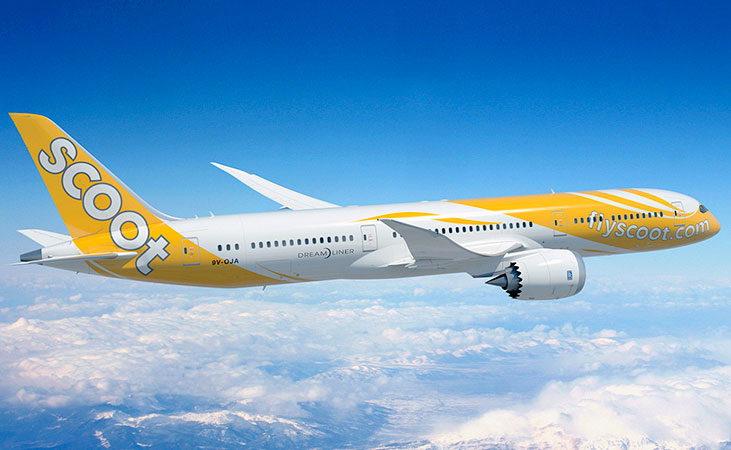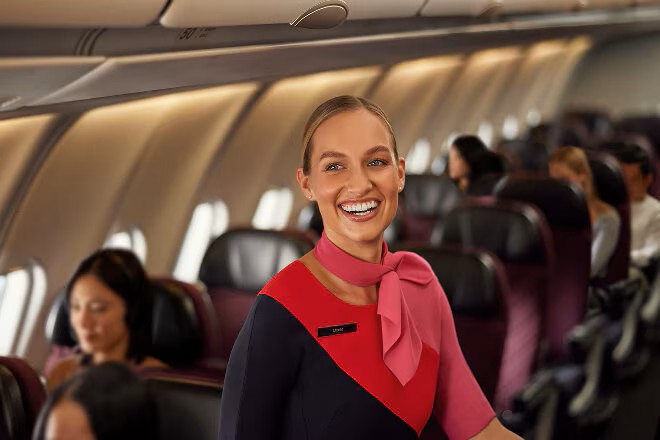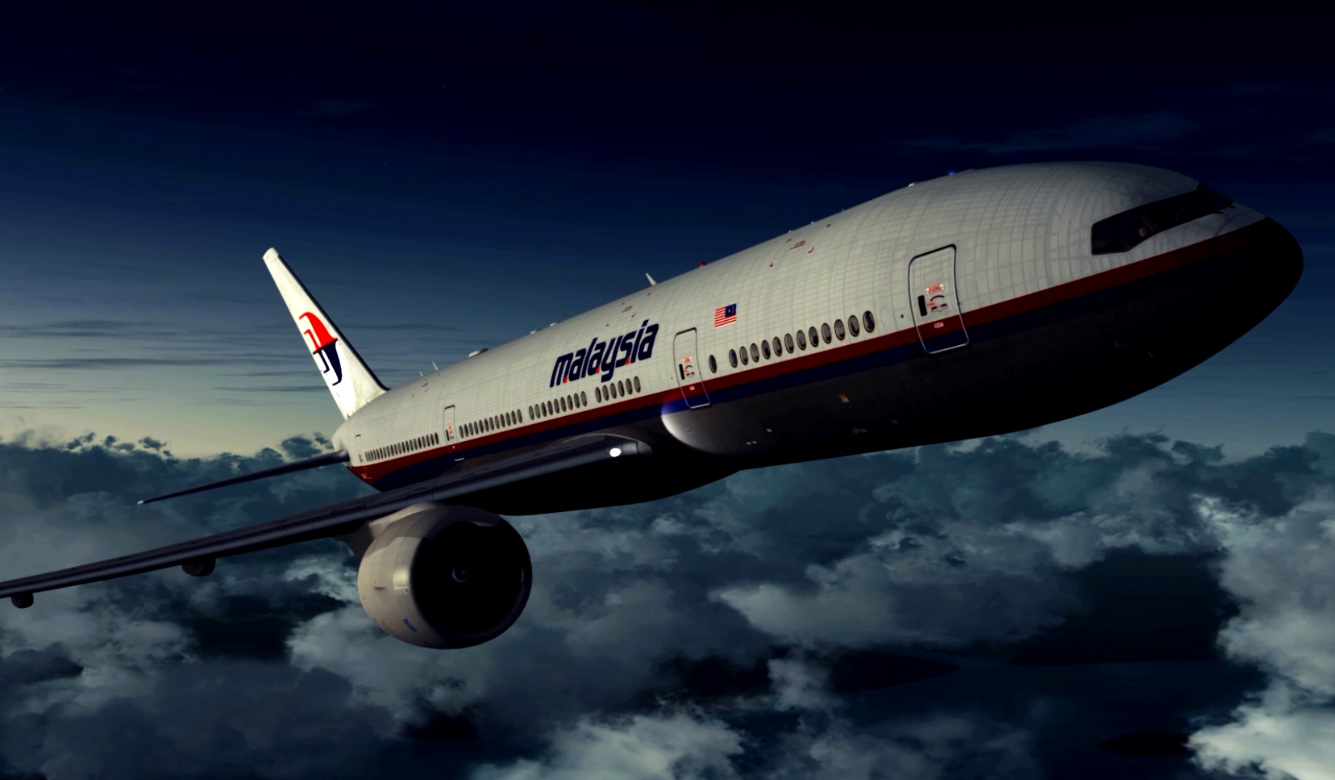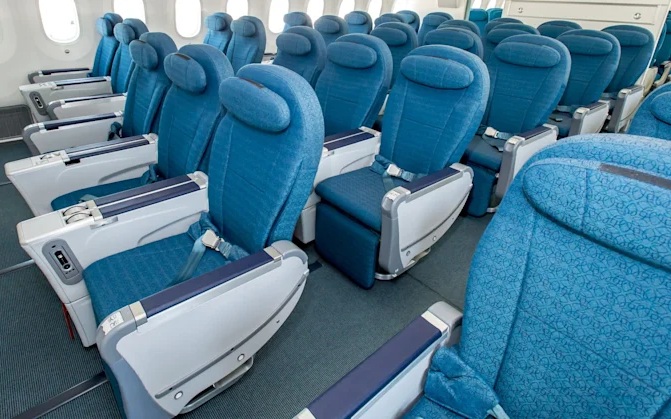By Clive Dorman
Published Mon Jul 25 2016
Scoot will beat Malaysian rival AirAsia X, which abandoned flights to Paris and London in 2012, by at least a year, as the latter is waiting for the delivery of new long-range planes it needs for European flights from 2018.
The so-called Kangaroo Route between Australia and London has never been so competitive. Even though established seven-star airlines like Qantas and Singapore Airlines generally price the route from around $A1800 return from Australian east coast cities like Melbourne and Sydney, Asia's biggest airline, China Southern, has been discounting to as low as $1150 return for travellers booking two months ahead and minnows such as Royal Brunei are joining in and matching the Chinese giant.
And that fare includes more than $200 in travel taxes being imposed by the UK and Australian governments.
When the low-cost carriers (LCCs) rejoin the fray, the competition will ascend to another level.
Before AirAsia X pulled out, citing high airport charges and an expensive-to-run aircraft (the Airbus A340-300, which is no longer in production), its fares on the Kangaroo Route got to as low as $800 return.
Such base fares without extras are only for the intrepid willing to bring their own food to survive the 24-hour epic, but they show just how low fares can be in the no-frills world of low-cost flying.
Ironically, Qantas's budget subsidiary Jetstar – which inaugurated the Asia-Pacific's first long-haul, low-cost services – was devised in part to take over services to cities such as Manchester, Amsterdam, Paris, Rome and Athens, which were axed by the parent in the 1980s and 1990s because of its high costs.
However, Jetstar abandoned plans to fly to Europe long before 2013 when it began operating Boeing Dreamliners designed for that purpose.
READ: The world's first low cost alliance is born
Ironically, it is Qantas's fierce rival, Singapore Airlines (SIA), that has stepped into the breach with Scoot, the low-cost subsidiary it founded in 2012 – nearly a decade after Jetstar's 2004 launch – only after SIA had carefully studied Qantas's successful two-brand strategy, with Jetstar concentrating on leisure routes while the parent devotes itself to business routes.
SIA is following a near-identical strategy, briefing aviation analysts about the next stage of Scoot's expansion in the second quarter of 2017, when it begins taking delivery of the smaller version of the Dreamliner, the 335-seat 787-8, with custom-fitted crew rest areas that will be needed to start flying between Singapore and Western Europe.
Like Qantas, there is a raft of European destinations SIA has had to abandon because of its high costs.
Two of the most recent are Madrid and Athens – the business centres of Spain and Greece which are both suffering serious economic recessions.
In a major analysis of Scoot's planned Euro expansion, Sydney's Centre for Asia-Pacific Aviation (centreforaviation.com), notes that SIA has also just axed its three weekly services to the recession-hit Brazilian business capital, Sao Paolo, which it operates via Spain's second city, Barcelona.
READ: Scoot review
CAPA says, even though SIA is maintaining up five non-stop and one-stop (via Milan) flights a week to Barcelona, it's an ideal candidate for Scoot's 787-8s with their range of up to 13,000 kilometres.
Italy also has a wobbly economy, so SIA has restricted its Rome services to two or three a week depending on the time of year. Manchester is another city that could transfer services from the parent to Scoot.
CAPA speculates there are other Euro cities without SIA service that would be a good fit for Scoot, such as Vienna, Austria, Stockholm, Sweden, and Helsinki, Finland.
There are other opportunities as well.
In spite of fears originally that Jetstar could eat its lunch if it was allowed to compete directly with the parent, Qantas goes head-to-head with its subsidiary on routes like Sydney to Honolulu.
And Jetstar hasn't ruled out running a budget service between Sydney and Los Angeles, USA, though fares on that route have halved to little more than $A1000 return since US carriers Delta and American introduced new services on top of existing Qantas and United flights. (Qantas and American are also partners so, when American began a daily Sydney-Los Angeles service last December, Qantas withdrew the equivalent of a daily 747 on the route and redeployed it on the San Francisco route six days a week).
Similarly, SIA now has four daily services between Singapore and London – three operated by A380 super-jumbos and the other by a Boeing 777-300ER.
If Scoot entered the London route, it may or may not operate to the UK capital's congested Heathrow airport, where SIA lands. When it flew to the UK, AirAsia X went to Gatwick airport to the south of the city after earlier abandoning the city's crowded low-cost airline gateway, Stansted, north of London.
However, the bottom line is that, after a slow-start, low-cost, long-haul flying has arrived and is beginning to proliferate around the world.
More and more, scheduled low-cost airlines are overtaking the old charter carriers like the UK's Thompson Airways and Germany's Condor, which were the pioneers of long-haul low-cost travel.
Nowadays, CAPA notes, there are no fewer than 11 LCCs flying scheduled services on routes of more than 7000 kilometres around the world.
Carriers like the Philippines' Cebu Pacific are creating records that travellers may not particularly appreciate: jamming passengers into widebody planes like the Airbus A330 in unprecedented numbers.
Cebu Pacific's A330-300 seat a whopping 436 passengers at 30 inches (76 centimetres) per seat row – more than most 747s and some A380s.
Even AirAsiaX with identical planes has an extra inch per seat row with a total seat count of "just" 375. By contrast, full-service carriers like Qantas seat just 297-301 passengers in its A330-300s at eight abreast, not the squeezy nine-abreast at Cebu Pacific and AirAsia X.
AirAsiaX's current A330-300s don't have the range to reach London from its base at Kuala, so it is waiting for a new version with longer "legs" and better fuel consumption.
It has placed a mammoth order for 66 A330-300neo (new engine option) jetliners, the first of which will be delivered in 2018. The airline has indicated it is interested in new services to both Europe and the USA.
However, all those plans – by Scoot as well as AirAsia X – will remain drawing board ideas if airlines still face the current scourge of terrorism, which is scaring people away from air travel and emptying hotels – especially in Europe and particularly in France, which is the world's most popular tourist destination with around 85 million visitors a year.
At the height of the summer season, France has been hard hit by the recent terrorist attack in Nice, the capital of the French Riviera holiday coast, on top of the earlier attacks in Paris, which subsequently faced an extended security lockdown.
Terrorism has also hit Belgium and political instability on the fringe of Europe in Turkey is also discouraging tourists.
Meantime, both the European and American economies, bellwethers of air travel's popularity, are struggling, with the recent economic convulsion caused by Britain's decision to leave the European Union an added headache for Europe.
That's in stark contrast to the optimism of east Asia, led by the booming Chinese economy, which has created one of the biggest global tourism explosions the world has seen.
Last year, more than 120 million Chinese – fewer than 10 per cent of the population – went travelling abroad. At the same time, the equivalent of a third of Australia's population of 24 million people travelled overseas, which indicates the Chinese tourism boom has only just begun.
That means much of the flying until now by Scoot and AirAsiaX – and Jetstar Asia and Scoot's feeder airline, Tigerair – has aimed to capitalise on outbound Chinese travel demand.
However, Scoot is expected to announce its first European destinations late this year in preparation for the beginning of flights around April 2017.








